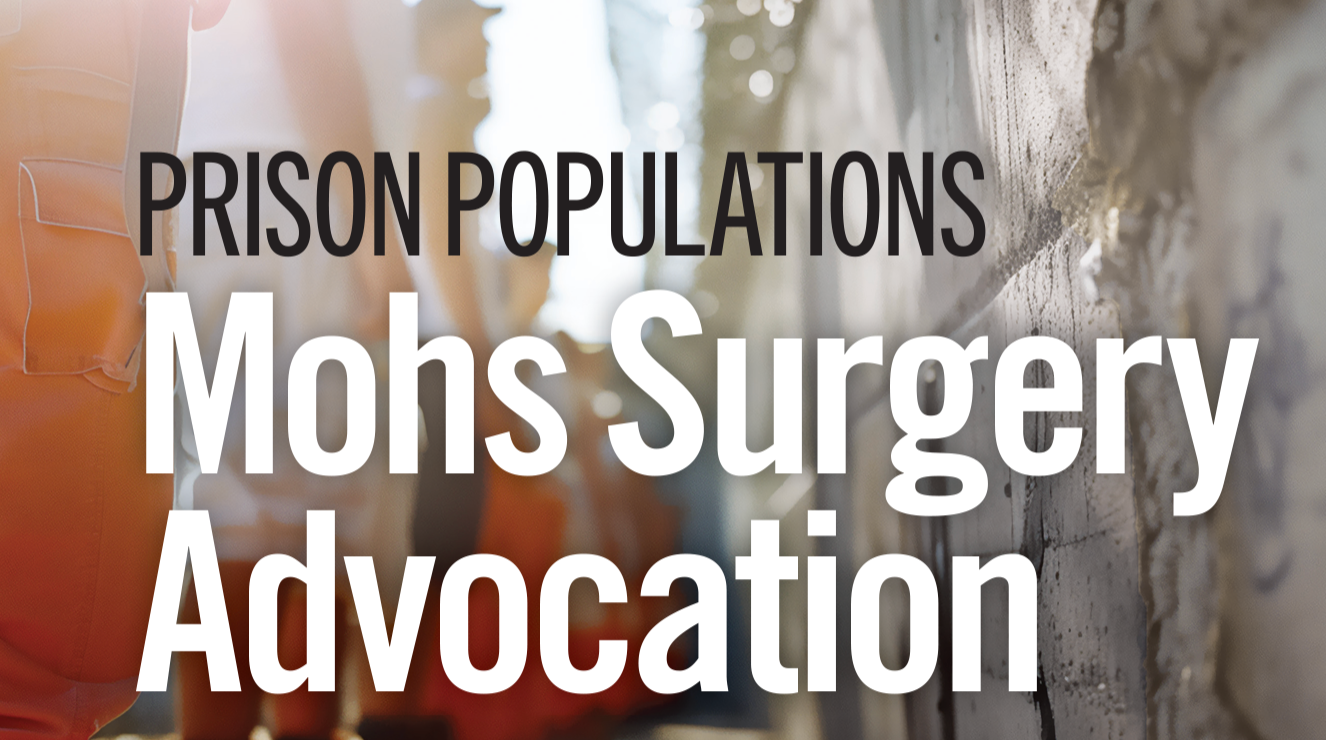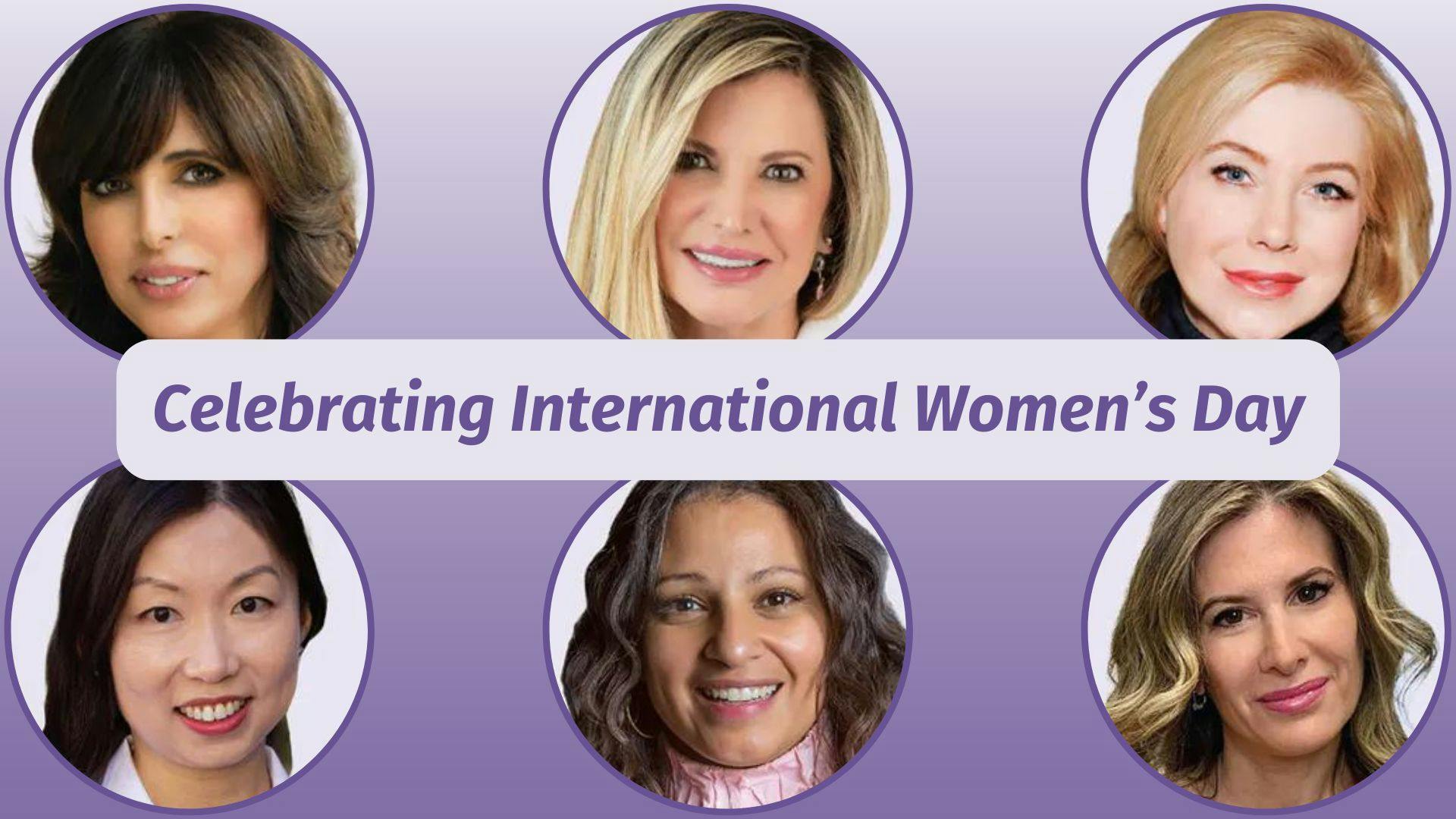- Acne
- Actinic Keratosis
- Aesthetics
- Alopecia
- Atopic Dermatitis
- Buy-and-Bill
- COVID-19
- Case-Based Roundtable
- Chronic Hand Eczema
- Chronic Spontaneous Urticaria
- Drug Watch
- Eczema
- General Dermatology
- Hidradenitis Suppurativa
- Melasma
- NP and PA
- Pediatric Dermatology
- Pigmentary Disorders
- Practice Management
- Precision Medicine and Biologics
- Prurigo Nodularis
- Psoriasis
- Psoriatic Arthritis
- Rare Disease
- Rosacea
- Skin Cancer
- Vitiligo
- Wound Care
News
Article
Dermatology Times
Journal Digest: February 14
Author(s):
This week’s collection of the latest dermatologic studies covers the causal relationship between lipid-related metabolites and androgenic alopecia, contact allergens in self-tanning products, a retrospective cross-sectional analysis of vitiligo patients in Canada, and combining systemic anti-PD-1 treatment with adjuvant ablative fractional laser in a mouse model of cutaneous SCC.

Clinical, Cosmetic, and Investigational Dermatology: Causal Effects of Lipids-Related Metabolites on Androgenic Alopecia: A Mendelian Randomization Study
Bi et al’s study investigated the causal relationship between lipid-related metabolites (LRMs) and androgenic alopecia (AGA) using Mendelian randomization (MR) analysis. The authors noted that although AGA has been associated with abnormal lipid levels, the exact causal link is unclear. Through MR analysis using genetic data, the study found that elevated levels of Apolipoprotein B, low-density lipoprotein, and very-low-density lipoprotein are causally associated with an increased risk of AGA. Sensitivity analyses support the study’s findings. Controlling serum lipid profiles may be important in AGA treatment, calling for further investigation into other metabolites' roles, according to Bi et al.
International Journal of Women’s Dermatology: A Cross-sectional Review of Contact Allergens in Popular Self-Tanning Products
Newton et al’s study explored popular self-tanning products for potential allergens, addressing the rising concern of allergic contact dermatitis (ACD) associated with their use. Fragrances and botanicals were the most common allergens found, with propylene glycol, linalool, polysorbate, d-limonene, benzyl alcohol, and tocopherol also prevalent. The study authors emphasize the importance of patch testing for individuals with suspected allergies and the need for consumer awareness and clinician vigilance regarding potential ACD reactions. Newton et al concluded that although self-tanners offer a safer alternative to sun exposure, their formulation warrants scrutiny to mitigate skin irritation and allergic reactions.
Journal of Cutaneous Medicine and Surgery: Real-World Experience of Vitiligo Patients: A Retrospective Chart Review
Obeng-Asumeng et al conducted a retrospective cross-sectional analysis of vitiligo patients in a community dermatology clinic in Ontario, Canada. Out of 43 patients, males and females were equally affected, with an average age of 40.8 years. Common lesion locations included the hands, head/neck, and abdomen. Concurrent conditions included thyroid disease, hypertension, and irritable bowel syndrome. Topical therapy, particularly tacrolimus, was commonly used before dermatology referral, with phototherapy (narrow band ultraviolet B) averaging 400 sessions per patient. According to the authors, their findings aligned with global prevalence trends and associations with autoimmune conditions. Limitations of the analysis included single-clinic data and potentially incomplete/inaccurate records.
Experimental Dermatology: Anti-PD-1 Immunotherapy With Adjuvant Ablative Fractional Laser Displays Increased Tumour Clearance of Squamous Cell Carcinoma, A Murine Study
Christensen et al’s study investigated the efficacy of combining systemic anti-PD-1 treatment with adjuvant ablative fractional laser (AFL) in a mouse model of cutaneous squamous cell carcinoma (SCC). Tumors induced by ultraviolet radiation were divided into groups receiving anti-PD-1 antibody with AFL, AFL alone, anti-PD-1 antibody alone, or no treatment. Combining anti-PD-1 treatment with AFL resulted in the highest percentage of complete responders, significantly reducing tumor growth rates, and extending survival times compared to untreated controls. The findings suggest a potential additive effect of anti-PD-1 with AFL in treating SCC, highlighting a promising approach for improving treatment efficacy in this cancer type, according to the study authors.
What new studies have you published? Share with us by emailing DTEditor@mmhgroup.com.

Newsletter
Like what you’re reading? Subscribe to Dermatology Times for weekly updates on therapies, innovations, and real-world practice tips.

























